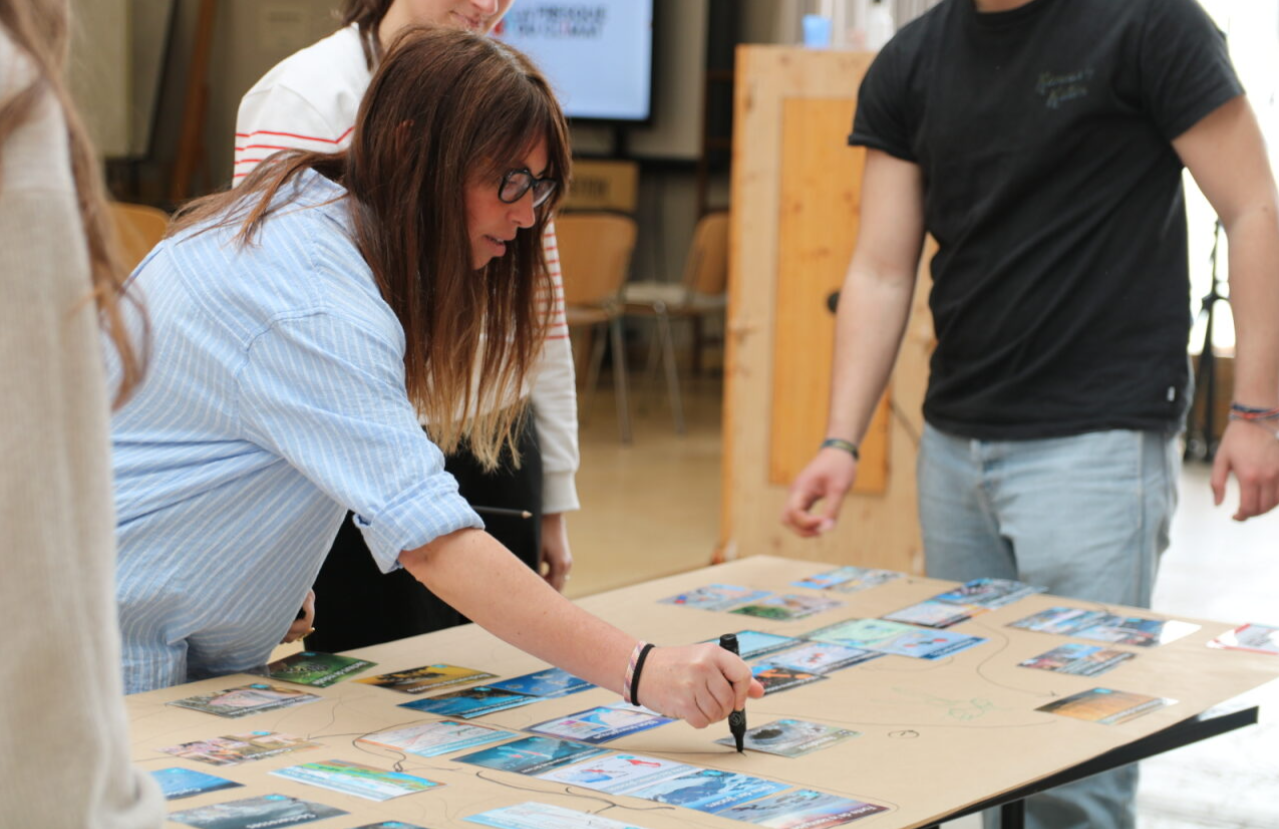

If the internet were a country, it would be the 3rd biggest polluter in the world, or 2 to 3 times the environmental footprint of France (and we are not the most exemplary on this subject). This is therefore an important aspect to take into account when you want to reduce your daily carbon footprint and adopt a more ecological lifestyle in order to protect our beautiful blue planet.
Digital technology is a big consumer of energy. In 2019 it was already:
But the figure that interests us most is its global greenhouse gas emissions, which amount to 3.8%, more than civil air transport! ✈
Because greenhouse gas emissions mean climate change. And the latter directly impacts the Ocean in many areas such as:
And the consequences are multiple (rising water levels, impacted marine fauna and flora, weakened coastlines, etc.).
At Act! we do everything we can to ensure that companies have as little impact as possible on the environment and help us protect our Ocean. This is why we are going to give you 8 tips to reduce your digital impact in the office.
→ If you want to discover the link between the Ocean and the climate in more depth, you can book our “Ocean and climate change” masterclass or the climate fresk. These two activities are possible in person or remotely.
We will start with what is simplest to implement, and end with the most restrictive actions.
At Act! we are convinced that every little gesture counts, but we are also aware of the implication that this can generate. Because even if you take all possible steps to reduce your digital pollution, the greatest responsibility lies with the digital companies themselves.
Using the Impactco2 tool we can see the orders of magnitude of our digital uses. In order to construct this distribution, it was necessary to take a reference to calculate the carbon impact of a person's uses. That’s 70 emails per week, 25 hours of streaming and 10 hours of videoconferencing.
Comparison created by Sébastien RÉPÉTO, you can read his full article here.
We can therefore see that it is the construction of digital devices that generates the most digital pollution. So take your time to implement as many actions as possible according to your constraints and those of your company, the important thing is to do your best.
Check out Archives’ stunning infographic here.
Our sources are Greenpeace, WWF, HelloCarbo and ADEME.



